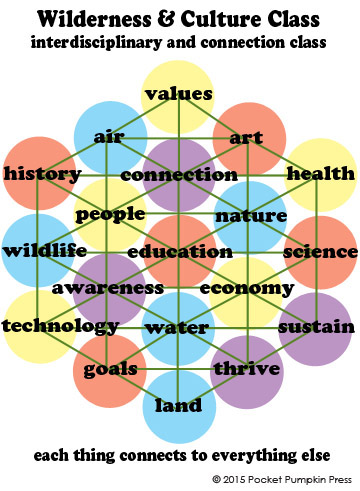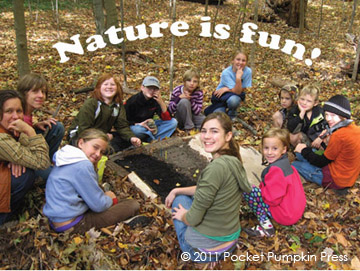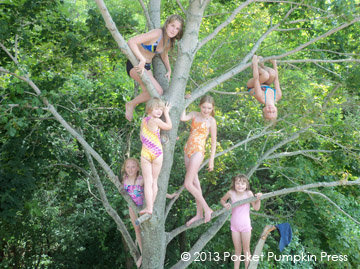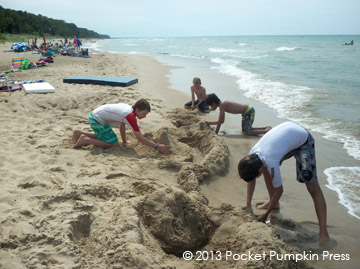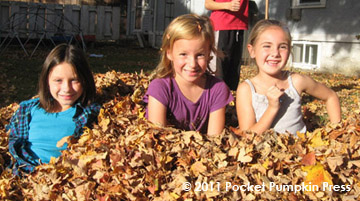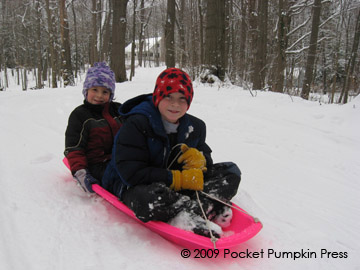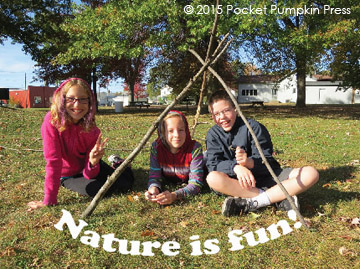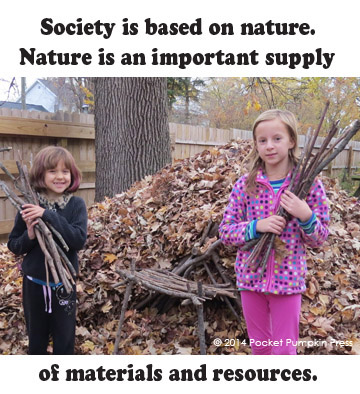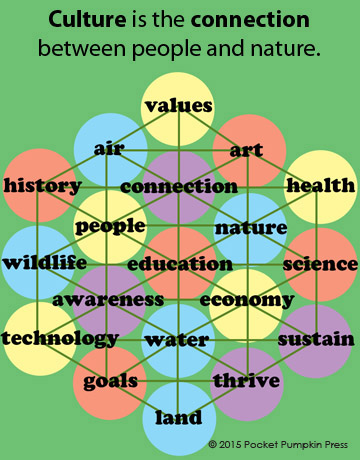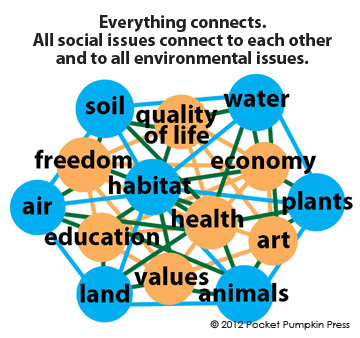z-hub.org > galienvalleyncp > classes > WCclass > homework > week 11 (1) |
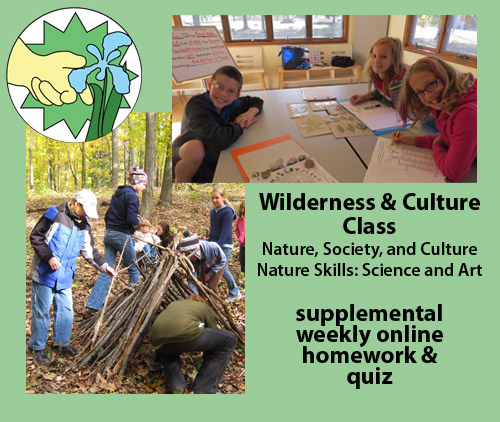
Wilderness and Culture Class Week 1 (11) - Week of Jan 31 Intro to Class Welcome to the Wilderness and Culture Class. The class explores nature as well as studies how various cultures (primitive and modern) use and care for the wilderness, nature, and the land. The class learns about nature and cultures through a variety of skill routines, weekly lesson topics, and monthly units. The Wilderness and Culture Class is an interdisciplinary holistic sustainability class about culture, nature, people, science, & art. Yes, we’re going to study people & nature. Yes, we’re going to be doing both science & art. Furthermore, it’s a class for helping people connect with nature and learning how to use nature and the land in sustainable ways, in school, in jobs, and throughout life. In class, we also study education, values, geography, wildlife, ecology, economics, technology, holidays, history, the present, future possibilities, and the links between them. Everything is interconnected to everything else.
For over 200,000 years, many people in all cultures and societies have enjoyed the great outdoors. In the past and present, people of primitive wilderness tribes have enjoyed and valued nature. Even in cities today, there are many people who enjoy and value nature.
Many people think that one of the most worthwhile things to do in life is to study nature, connect with nature, and spend time enjoying nature. Many people think that nature is one of the most important things to study. After all, if people are going to study something, they might as well study something as fun and meaningful as nature. Many people experience that it’s fun to be in nature – they think: nature is fun! For instance, numerous people think that it is fun to climb trees, swim in lakes, sled down snowy hills, jump in leaf piles, gaze at the starry night sky, and much more. If you are taking this class, you probably think that nature is fun too! Not only is nature fun, but nature is the most important resource for people’s many necessities. Nature provides people with fresh air, clean water, fertile soil, nutritious food, supplies, economy, healthy activities, and more. Nature is important, because nature is fun and a vital resource for people’s necessities. We need to learn how to protect and sustain nature, so we can continue to have fun and get our vital necessities, and so other generations can too.
Nature is a rock, tree, animal, river, puddle, mountain, cloud, or etc. Wilderness is full of nature. Wilderness is a vast area of land or water that has many items of nature, large and small. Yet, also, wildernesses can be found in small places too. Get down on your belly and look close up at the little natural features in your lawn. Your tiny backyard lawn has a wilderness. The cracks in pavement may have wildernesses. An indoor flower pot many have many things growing in it, and bugs crawling in it. Wildernesses can be found everywhere: in cities, suburbs, small towns, vacant lots, farm fields, as well as in 100s of acres woods. Look, and discover all the nature and wilderness that surrounds you. The Wilderness and Culture Class does several hands-on activities that helps you explore any size wilderness - whether it's a tiny backyard or a huge mountain range. Enjoy! The Wilderness and Culture Class does a variety of cultural activities that relate to nature: including singing, writing, drawing, storytelling, building a shelter, eating wild edible food, educational materials, big history, etc. Culture is the intricate connection between a society's people and nature. Culture is the overarching interdisciplinary way that a society uses nature. People use nature to breath, drink, and eat. Nature provides people with fresh air, clean water, nutritious wild food, as well as fertile soil in which to grow crops. People use nature for clothes and shelter. Nature provides people with fertile soil in which to grow cotton for making clothes. Nature provides people with wood with which people can build houses. People use nature for science. There are many scientists who study the wilderness. For example, some biologists study wildlife and geologists study rocks. People use nature for art, such as artists who photograph, film, paint, and draw pictures of wildlife, rocks, and landscapes. Some artists are inspired by the great outdoors to make music, dance, poetry, etc. People’s tools are all made from materials that came from nature. Sometimes businesses bring materials and resources from nature into a factory, at which they change the materials and resources into products that are unnatural; yet, all of our manmade stuff (from the low-tech to high-tech) comes from materials from nature. A computer is unnatural, but businesses have to dig through nature to find rare elements to make electronic computer components. In holidays, people celebrate nature. For example, many people hang up decorative snowflakes and snowmen for the winter holidays. Several people celebrate Halloween with pumpkins that are locally ripe for harvest in the fall season. Nature is major part of human history. A person cannot understand a society, unless they know about the nature and physical geography of that society. Whenever studying a society, begin with studying its local nature. In economics, some societies grow cherries and apples, because they live in a temperate environment. Some societies grow coffee and chocolate, because they live in a tropical environment. Nature is used for health too. It’s healthy for kids and adults to play outside every day. Nature provides society with everything. If people want to continue to use nature, everyone in society has to sustain and enrich nature in everything one does, including school work, professional work, daily living, and recreational activities. We need to keep nature in mind as we think of the future. We need to keep nature in mind in our present education. We need to keep questioning: how can we help nature in everything we do - including in all types of classes that we take, and in every topic we study?
What is culture?
Everything interconnects with everything else. Everything that people do affects nature. Plus, nature influences everything that people do. Culture is the people-nature connection and relationship between all social issues (health, economy, education, government, values, science, art, media, etc.) and all environmental issues (air, water, soil, land, rocks, wildlife, habitats, climate, wilderness, etc.).
Quiz One A (quiz 11) - 1A 1. In class, we study a lot about nature. Why is it important to study nature? 2. Culture itself as well as Wilderness & Culture Class topics include what? 3. What is culture? 4. Everything interconnects with everything else. Culture is the people-nature connection between all social issues (health, economy, education, government, values, science, art, etc.) and all environmental issues (air, water, soil, land, rocks, wildlife, habitats, climate, wilderness, etc.).
|
“Forever learning, living, loving, connecting, caretaking,
having fun, improving skills, and expanding awareness! Hip-Hip-Hooray!”
- Galien Valley Nature and Culture Program
© 2015 Pocket Pumpkin Press, last updated October 2015
Three Oaks, Michigan, USA
